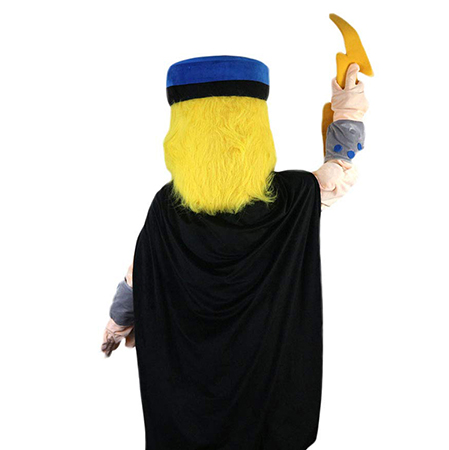Mascot costumes have always played a pivotal role in events, sports teams, and entertainment. These vibrant costumes not only serve as the face of the brand but also create an emotional connection with the audience. One fascinating aspect of mascot costumes is their color. Colors are more than just aesthetic choices; they carry significant psychological effects that can influence people’s emotions and behaviors. Let’s delve into some of the most popular mascot costume colors and explore what they convey to the spectators.
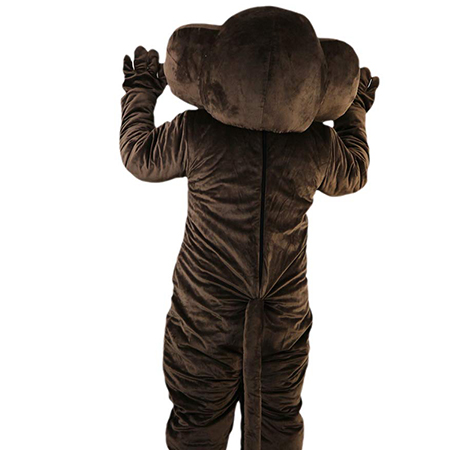
Red is perhaps the most dominant color seen in mascot costumes. It symbolizes energy, passion, and excitement. When you see a mascot adorned in red, it instantly evokes feelings of enthusiasm and urgency, making it perfect for lively events and high-intensity sports games. Additionally, red is often associated with power and strength, traits that help in establishing a formidable presence on stage or field.
Blue is another prevalent color choice for mascot costumes. It represents calmness, trust, and reliability. A blue-clad mascot tends to soothe viewers and establishes a sense of dependability. This color works wonders during family-oriented events and activities where a comforting presence is appreciated. Blue mascots are often seen at events that require a steady demeanor, such as educational workshops or community gatherings.
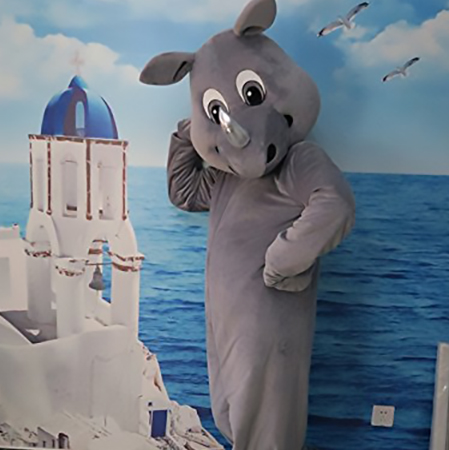
Yellow is synonymous with happiness, optimism, and friendliness. Mascots dressed in yellow radiate cheerfulness and positivity, making them ideal for school events, children’s parties, and charity functions. The bright and sunny disposition of yellow makes it easier for mascots to attract attention and spread joy among attendees.
Green is commonly associated with nature, growth, and harmony. Green mascot costumes tend to bring about feelings of tranquility and renewal. They are frequently used in environmental events, outdoor festivals, and health campaigns. The refreshing vibe of green helps create a serene atmosphere, encouraging a sense of well-being among those present.
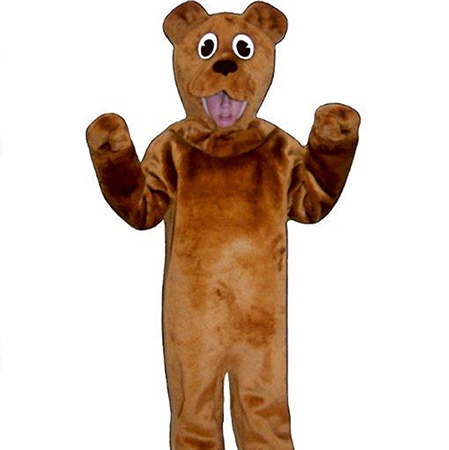
Black, though less common than other bright colors, carries its own unique significance. Black signifies sophistication, mystery, and authority. When used in mascot costumes, black can add an element of intrigue and gravitas. This color is particularly effective in night events, corporate functions, or any setting where a powerful and authoritative presence is needed.
Lastly, white symbolizes purity, innocence, and simplicity. White mascot costumes are generally reserved for events that celebrate peace and unity, such as charity walks or religious ceremonies. The clean and minimalistic appeal of white can make mascots appear approachable and trustworthy.
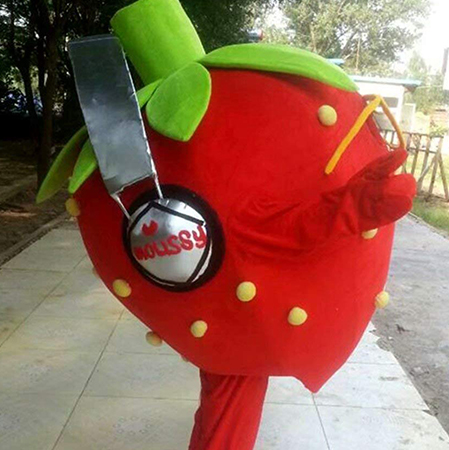
In conclusion, the choice of color in mascot costumes goes beyond mere visual appeal; it has profound psychological impacts on how audiences perceive and react to them. Whether it’s the invigorating effect of red, the calming presence of blue, or the friendly aura of yellow, each color plays a crucial role in shaping the overall experience of an event. By understanding these psychological effects, designers can better tailor mascot costumes to suit various occasions, ensuring they leave a lasting impression on everyone they encounter.
